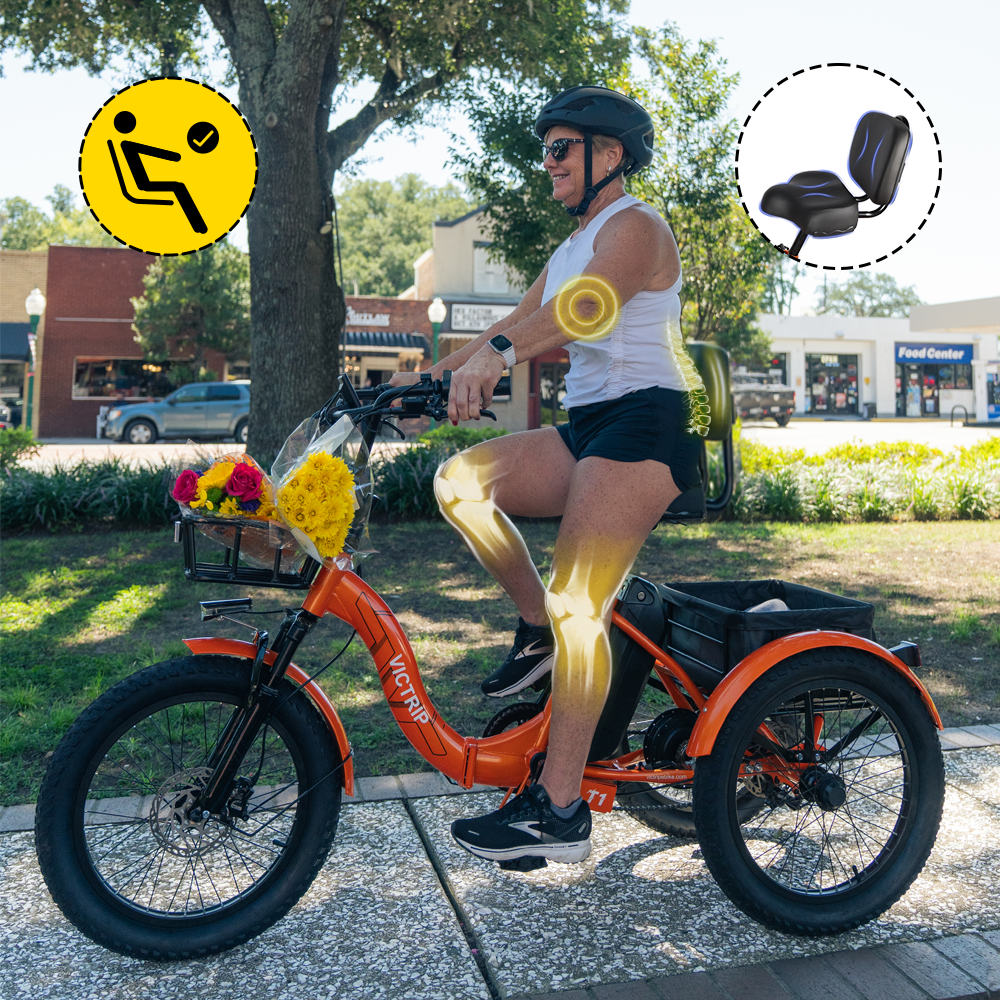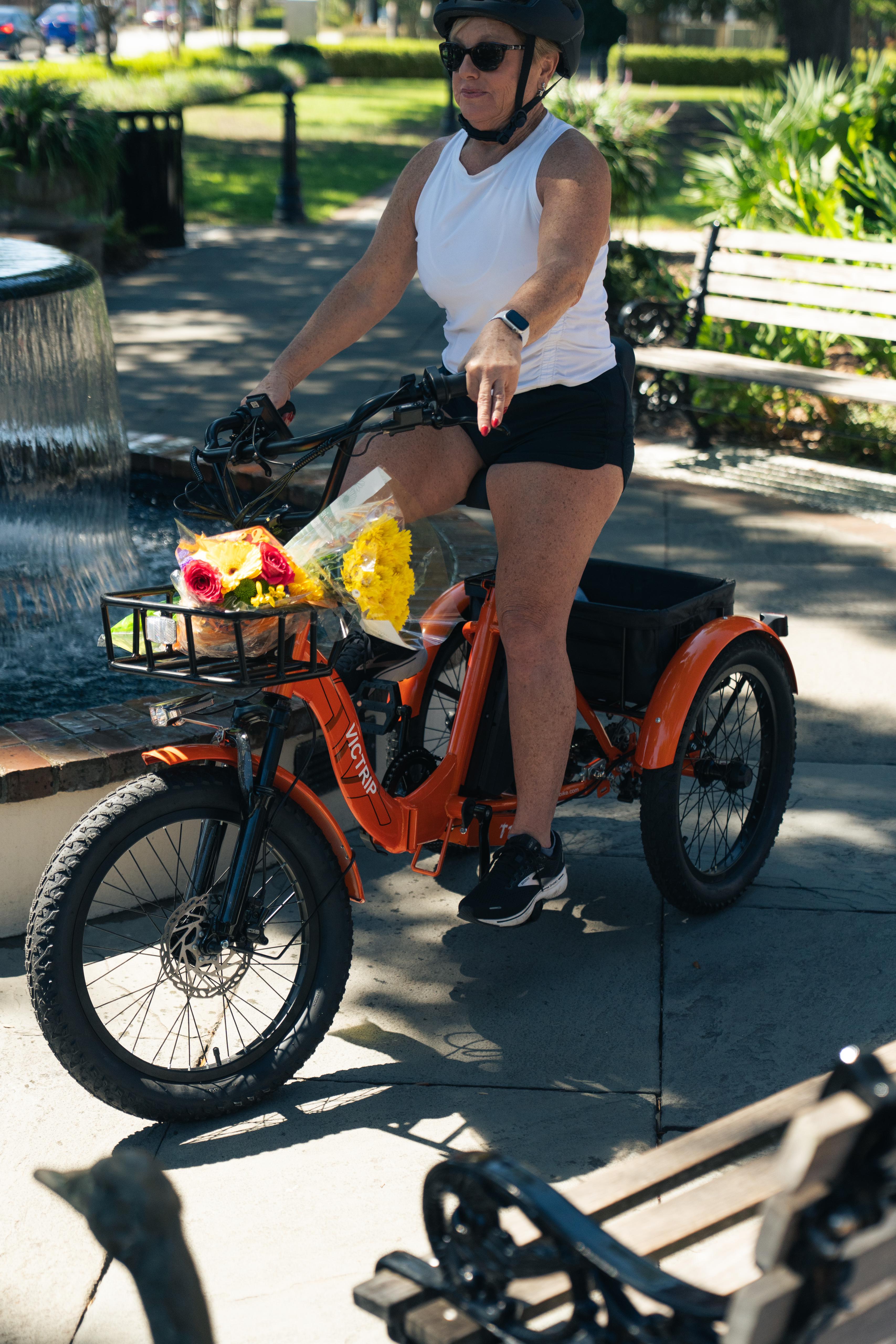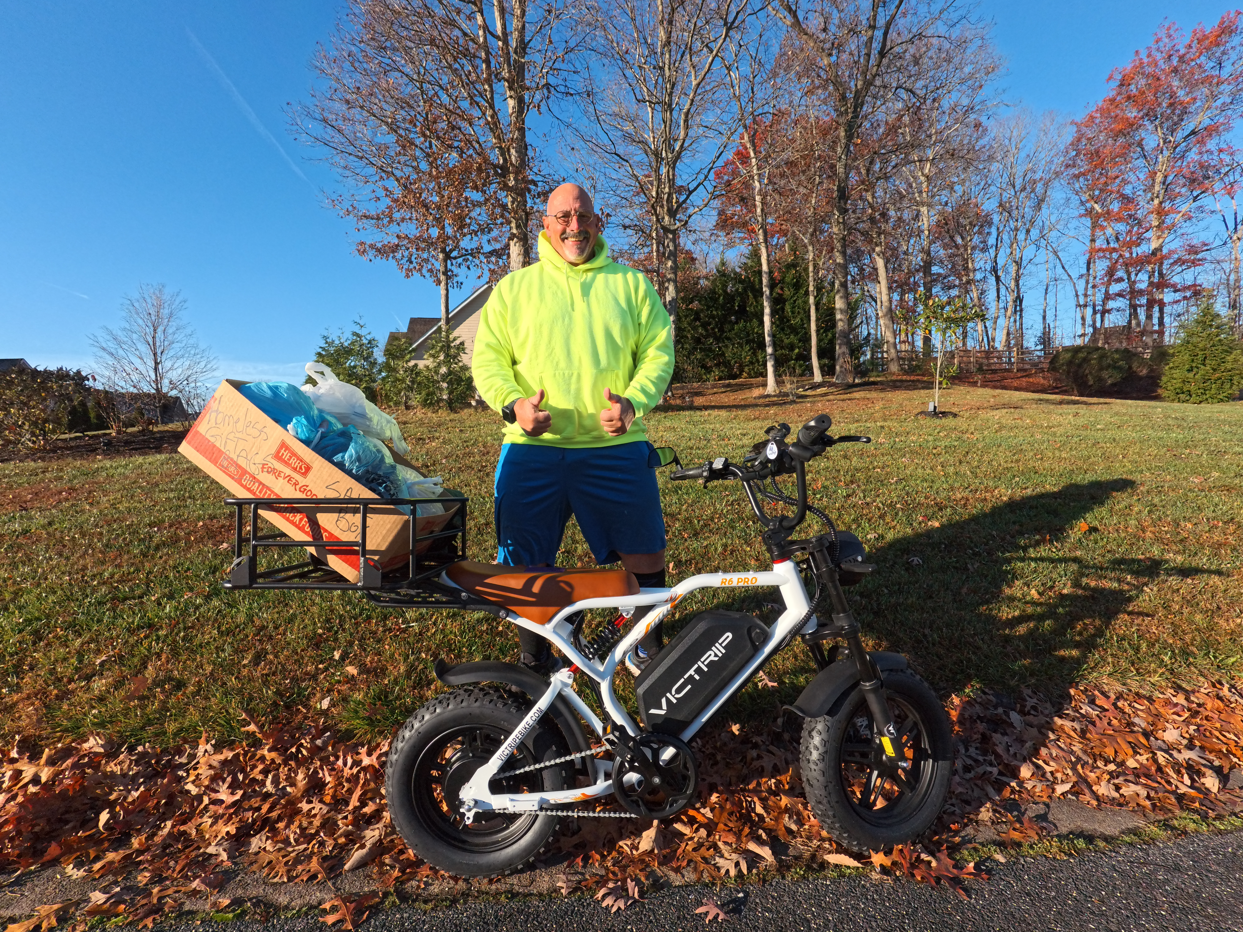
Electric bike trailers have quietly become one of the most practical and liberating accessories for modern campers. They let you carry the gear you need without relying on a car, opening up quieter, lower-impact trips into nature. Whether you’re planning a weekend escape or a multi-day tour, a well-chosen trailer changes what’s possible on two (or three) wheels. For example, pairing an e-bike with a sturdy trailer lets you bring a tent, cooking gear, extra water, and a cooler—while keeping your bike nimble and stable on rough tracks.
This article explains why electric bike trailers are ideal for camping trips, how to choose and pack one, and how to ride safely and efficiently with a heavy load. You’ll find practical checklists, a sample packing plan, maintenance tips, and a handy FAQ to prepare you for the road (or singletrack).
How a Trailer Changes the Game for Bike Camping
Carry more without overloading the bike
A trailer shifts bulky or heavy items off your bike frame and onto a dedicated carrier. That means you don’t need to cram everything into panniers or a backpack, which improves comfort and handling.
Maintain better balance and bike handling
When packed correctly, trailers help centralize and stabilize weight behind the bike. This reduces the risk of unbalancing the steering or overloading racks, which is especially useful on long rides or steep climbs.
Expand the range and types of trips you can do
With a trailer, you can reach further campsites and carry more supply, so you can stay out longer and explore more remote routes without resupply stops.
Types of Trailers and Their Uses
Cargo trailers
These are the most common for camping: roomy boxes or open platforms designed for gear. They often include tie-downs, weather covers, and fold-flat frames.
Pet trailers
If you travel with animals, pet trailers have ventilated enclosures and comfortable interiors to keep pets safe and calm.

Convertible / modular trailers
Some trailers let you switch between cargo, pet, or even human passenger configurations—handy for multi-use needs.
Key Features to Look For
Weight capacity and load rating
Select a trailer rated above the total weight you plan to carry. Allow a safety margin for water, food, and unexpected items.
Hitch compatibility and articulation
Ensure the hitch matches your bike’s axle (quick-release, thru-axle, etc.) and offers enough articulation so the trailer won’t bind when you lean or turn.
Wheel size and tires
Larger wheels roll more easily over rocks and roots; pneumatic tires with good tread help with traction and comfort on dirt and gravel.
Frame material and build quality
Aluminum frames are light and corrosion-resistant; steel is tougher but heavier. Look for strong welds and replaceable parts.
Weather resistance
Waterproof covers or cargo pods keep sleep systems and electronics dry. Zippers and seams should be sealed or well-protected.
Foldability and storage
If you need to store the trailer in a small car trunk or a compact garage, check folded dimensions and how quickly it collapses.
Choosing the Right Trailer for Your Trip
Match capacity to trip type
-
Short weekend trips: lighter trailers with folding designs work well.
-
Multi-day or remote trips: choose higher capacity and stronger tires.
Consider terrain
If your route includes singletrack or rocky paths, prioritize robust tires and possibly suspension. For mostly paved or graded gravel roads, a simpler trailer will do.
Think about portability and storage
If you bike to the trailhead and then need to stow the trailer in your car, foldability matters. If the trailer will live on your Ebike year-round, sturdier construction and serviceability become more important.
Practical Packing and Load Distribution
General principles
-
Keep heavy items low and slightly forward in the trailer to minimize sway.
-
Distribute weight side-to-side evenly.
-
Secure everything with straps or bungees to stop shifting during turns or braking.
Sample packing layout for a 3-day trip
Trailer (main cargo)
-
Tent (folded)
-
Sleeping bag and pad (compressed)
-
Stove and cooking kit
-
Food and water (primary reserve)
-
Change of clothes and rain gear
-
Spare parts box (tools, tubes)
-
Optional: compact chair / small table
Foldable Electric Bike (easy access)
-
Helmet and jacket
-
Snacks and water bottle
-
First-aid kit and phone
-
Lights and lock
Use compression and dry bags
Compress bulky items (like sleeping bags) to save volume and use waterproof dry bags to protect clothing and electronics.
Riding Techniques and Safety
Practice before you go
Tow an empty trailer in a parking lot to learn how it affects turning, braking, and acceleration.
Adjust your riding style
-
Take corners wider and slower.
-
Brake earlier and more gradually, especially downhill.
-
Shift your center of gravity lower by standing or adjusting posture when necessary.
Watch for trailer-specific hazards
-
Watch for trailer sway in crosswinds. Slow down and shift weight if needed.
-
Be cautious on steep descents—trailers add momentum and require more braking distance.
-
On narrow singletrack, be mindful of the trailer’s path and turn radius.
Maintenance: Before, During, and After Your Trip
Pre-ride checklist
-
Check tire pressure (bike and trailer).
-
Inspect hitch and attachment points for play or damage.
-
Test lights and reflectors.
-
Ensure straps and fasteners are secure.
On the trail
-
Keep a small repair kit: spare tube, multi-tool, pump, patch kit, and a few spare fasteners.
-
Rinse mud from moving parts if you cross heavy muck; wipe and re-lubricate later.
Post-trip care
-
Rinse and dry the trailer thoroughly.
-
Inspect fabrics and zippers for wear.
-
Lubricate pivot points lightly and store the trailer in a dry place.
Planning for Range and Energy Management
Understand how load affects battery use
Towing adds rolling resistance. Heavier loads and steeper terrain increase motor effort and battery drain. Plan conservative daily distances and identify potential charging or resupply points.
Use efficient gearing and assist modes
Ride in a gear that keeps cadence comfortable and use higher-assist settings only when needed—this helps balance battery life and pace.
Carry spare battery power if needed
For extended trips, a spare battery or access to charging locations can be a trip-saver. If you’re remote, factor charging time into your schedule.
Comfort, Convenience, and Accessories
Weather shelters and covers
Protective covers extend the life of your gear and make travel in rain manageable.
Organization systems
Internal compartments, bungee nets, and removable bins help you find things quickly at camp.
Visibility and safety accessories
Flags, bright reflectors, and auxiliary rear lights make you more visible on roads and at dawn/dusk.
Environmental Benefits and Responsible Use
Lower carbon footprint
Using an e-bike with a trailer for camping reduces dependence on cars and lowers emissions per trip.
Leave no trace
Pack out all trash, bury human waste only where permitted, and minimize campsite impacts. Trailers make it easier to carry out recyclables and rubbish.
Respect trails and local rules
Some trails prohibit trailers or motorized vehicles—always check local regulations and choose routes that allow trailer use.
Pet Travel Considerations
If you plan to bring a pet, ensure the trailer is well-ventilated, secure, and comfortable. Introduce short rides to acclimate the animal and carry familiar bedding to reduce stress. Keep water handy and stop regularly so pets can stretch and drink.
Read More: Dog Bike Trailer or Rear Basket – Which Is Safer for Your Pet?
Cost Considerations and Value
Trailers vary in price depending on materials, features, and capacity. Think of your trailer as an investment: a reliable trailer will expand your trip options, reduce strain on your bike, and typically last many seasons if maintained properly. Factor in spare parts and accessories (covers, spare tires, hitch adapters) into total cost.
Sample One-Week EBike + Trailer Itinerary
Day 1: Ride 25–35 miles to first established campsite; set up and test gear.
Day 2–3: Explore local singletrack and day-hike from base camp; use trailer to carry day supplies.
Day 4: Move campsite 15–30 miles to a more remote site; follow conservative pace.
Day 5–6: Enjoy local loops, fish or swim, and perform light maintenance.
Day 7: Return to trailhead and stow trailer for trip home.
This flexible structure allows for rest days, exploration, and contingencies.
Conclusion
Electric bike trailers unlock a new level of freedom for camping: they let you carry what you need, travel further, and explore quieter routes that cars can’t reach. With the right trailer, smart packing, and a bit of practice, you’ll find that bike camping becomes more comfortable, efficient, and enjoyable. If you want a practical example to consider, the VICTRIP Electric Tricycle pairs well with trailer setups and cargo strategies discussed here.
Plan conservatively, respect the trails you ride, and do a short practice tow before committing to a long journey. With preparation and common sense, your trailer will be the key to many memorable, low-impact outdoor adventures. If you’re already thinking about upgrading your setup, try packing a weekend’s worth of gear and take a test ride—small trials make big trips safer and more fun.
FAQs
Will towing a trailer ruin my bike?
No—if you match the trailer and payload to your bike’s capabilities and maintain both regularly, towing won’t damage your bike. Avoid exceeding the bike’s and trailer’s rated limits.
How much extra time should I allow when towing?
Expect slower average speeds, especially on climbs. Add extra time for breaks and more frequent checks.
Is a trailer theft-prone when left at camp?
Trailers can be secured with locks and hidden where possible. Remove small, valuable items and use cable locks if you need to leave the trailer briefly.
Do I need special training to tow one?
Formal training isn’t required, but practicing in low-risk areas and learning load management will greatly improve safety and confidence.
How do I store a trailer long-term?
Clean and dry it, deflate tires slightly for storage, lubricate pivots, and store in a dry, covered place away from UV exposure.




Share:
EBike Range Explained: How Far Can You Go & How to Extend It
Pedal Assist Electric Bike vs Throttle: Which Is Right for You?